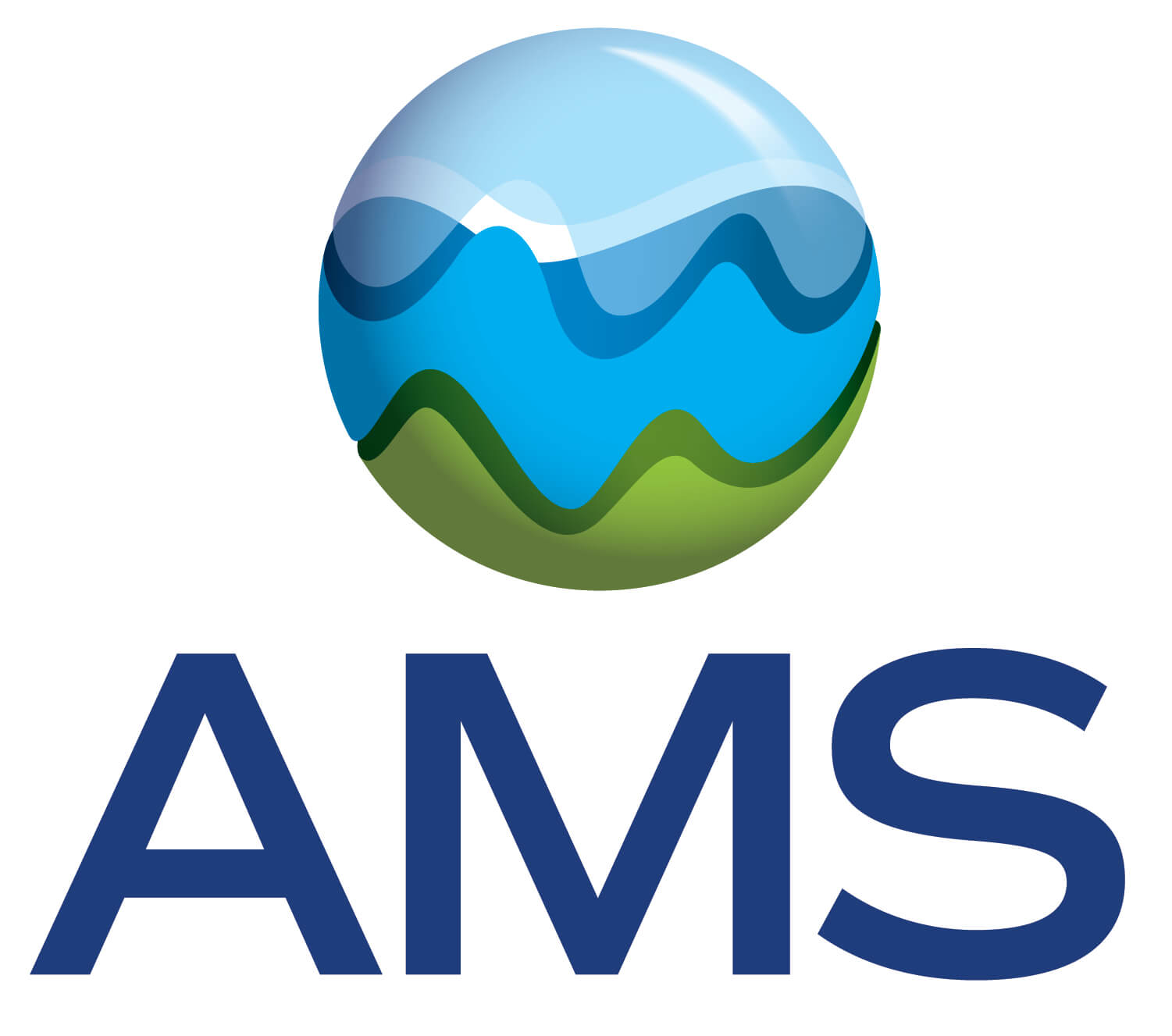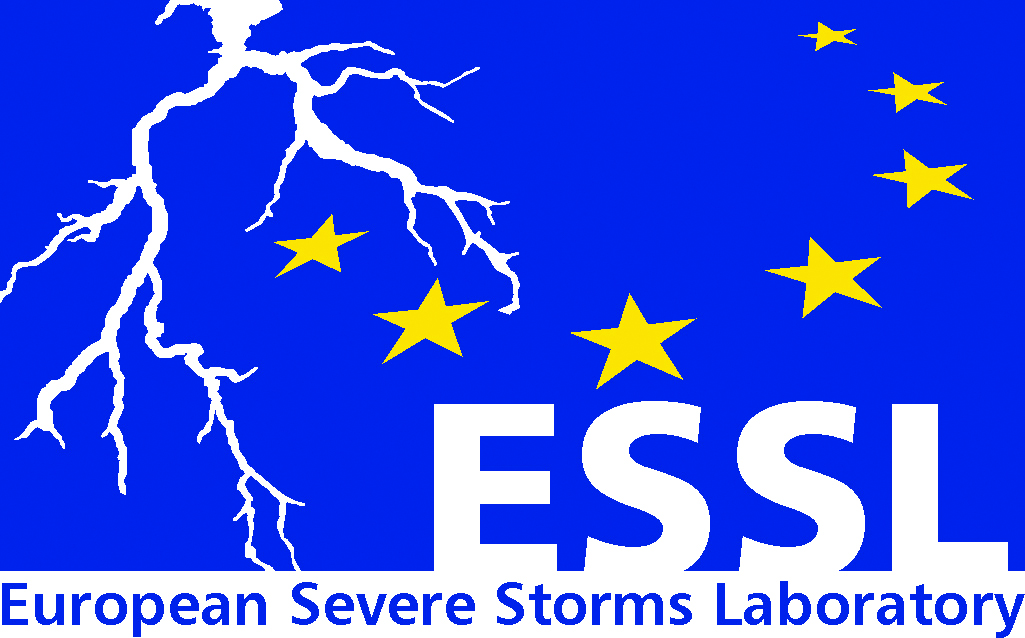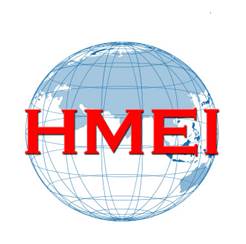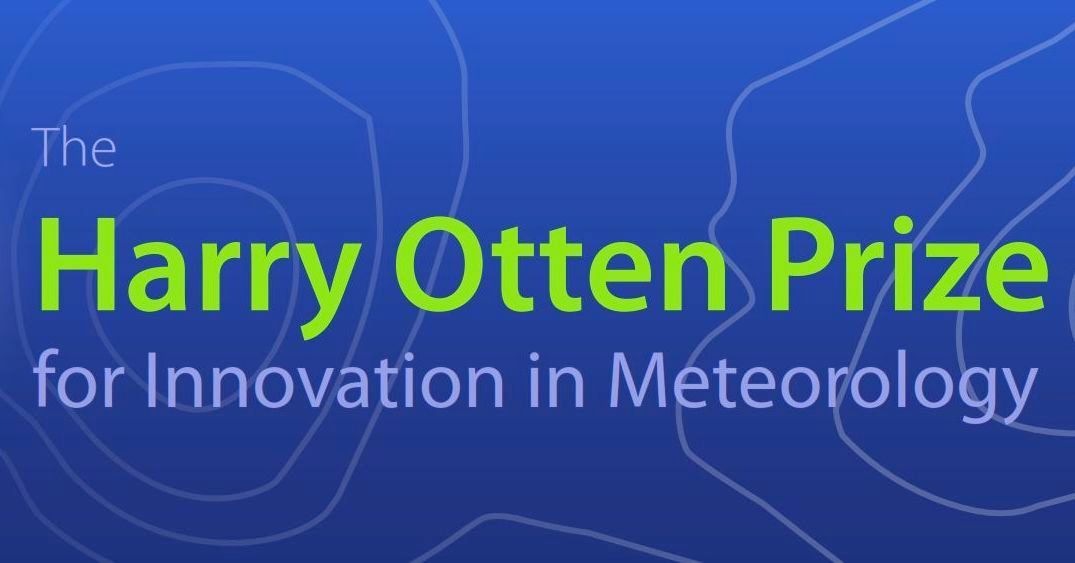Exploring the interfaces between meteorology and hydrology
• Land-atmosphere interactions and hydrological processes, including feedback mechanisms.
• Understanding the meteorological processes driving hydrological extremes.
• Tools, techniques, and expertise in forecasting hydro-meteorological extremes (e.g., river flooding, flash floods, droughts etc.).
• Fully integrated numerical earth system modelling.
• Quantification/propagation of uncertainties in hydro-meteorological model forecasts.
• The role of vegetation in hydro-meteorological extremes, in terms of transpiration, photosynthesis, phenology, etc.
• Energy cycles, complementing the hydrological cycles and related cryospheric processes.
• Hydro-meteorological prediction that includes impacts.
• Environmental variable monitoring by remote sensing and other observations.
• Quantification of (past/future) hydrological trends in observations and climate models (and their role in the 2024 "climate-neutral Europe" conference theme).
Hydrological cycle
14:00–14:15
|
EMS2024-698
|
Onsite presentation
14:15–14:30
|
EMS2024-174
|
Onsite presentation
14:30–14:45
|
EMS2024-708
|
Onsite presentation
Development of the 2D/1D Coupled S-RAT Model for Flooding Simulation Dual Drainage in watershed
(withdrawn after no-show)
14:45–15:00
|
EMS2024-1044
|
Onsite presentation
15:00–15:15
|
EMS2024-35
|
Onsite presentation
15:15–15:30
|
EMS2024-1056
|
Onsite presentation
Coffee break
Chairpersons: Fatima Pillosu, Jan-Peter Schulz
Hydrological extremes
16:00–16:30
|
EMS2024-1052
|
solicited
|
Online presentation
16:30–16:45
|
EMS2024-1105
|
Onsite presentation
17:00–17:15
|
EMS2024-911
|
Onsite presentation















